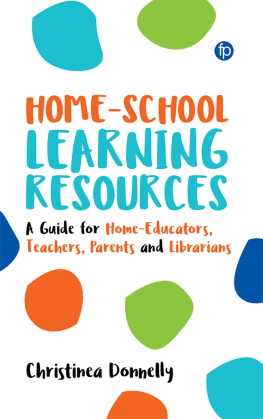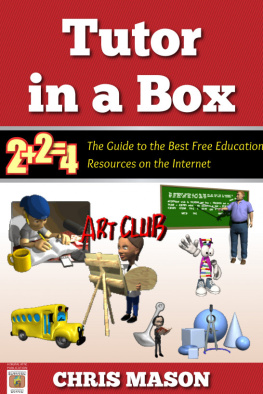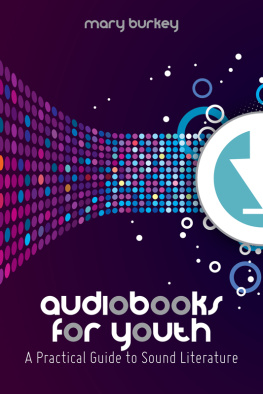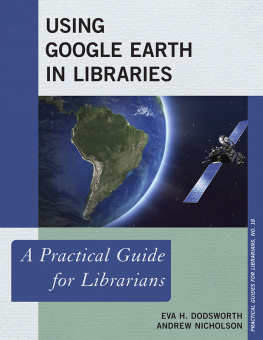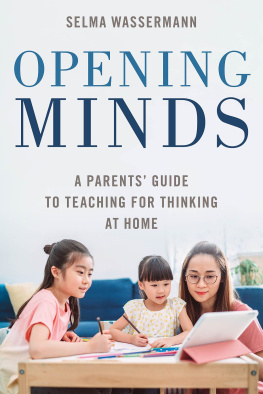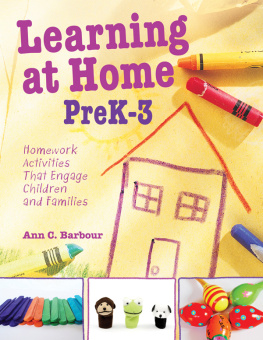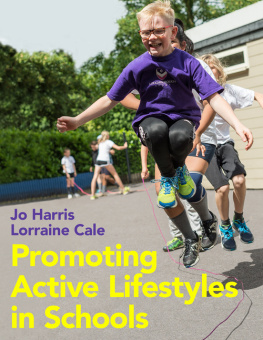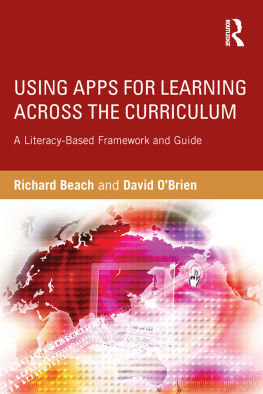Home-School
Learning
Resources
Every purchase of a Facet book helps to fund CILIPs advocacy, awareness and accreditation programmes for information professionals.
Home-School
Learning
Resources
A Guide for Home-Educators,
Teachers, Parents and
Librarians
Christinea Donnelly

Christinea Donnelly 2021
Published by Facet Publishing
7 Ridgmount Street, London WC1E 7AE
www.facetpublishing.co.uk
Facet Publishing is wholly owned by CILIP: the Library and Information Association.
The author has asserted her right under the Copyright, Designs and Patents Act 1988 to be identified as author of this work.
Except as otherwise permitted under the Copyright, Designs and Patents Act 1988 this publication may only be reproduced, stored or transmitted in any form or by any means, with the prior permission of the publisher, or, in the case of reprographic reproduction, in accordance with the terms of a licence issued by The Copyright Licensing Agency. Enquiries concerning reproduction outside those terms should be sent to Facet Publishing, 7 Ridgmount Street, London WC1E 7AE.
Every effort has been made to contact the holders of copyright material reproduced in this text, and thanks are due to them for permission to reproduce the material indicated. If there are any queries, please contact the publisher.
British Library Cataloguing in Publication Data
A catalogue record for this book is available from the British Library.
ISBN 978-1-78330-490-5 (paperback)
ISBN 978-1-78330-491-2 (PDF)
ISBN 978-1-78330-544-5 (EPUB)
First published 2021
Text printed on FSC accredited material.

Typeset from authors files in 10/13 pt University Oldstyle and Expressway by Flagholme Publishing Services.
Printed and made in Great Britain by CPI Group (UK) Ltd, Croydon, CR0 4YY.
Beatus doctrina!
Contents
A
B
C
D
E
F
G
H
I
M
N
O
P
R
S
W
Introduction
The idea behind this book is a simple one: to point parents, teachers, educators, children and young people to excellent learning resources that will enrich knowledge, critical thinking and understanding of key subjects children are currently learning at school or from home. The book is arranged alphabetically by subject and is suitable for 4 to 16 years old. It is hoped such a guide will aid navigation through the myriad of information available online, offering an alternative to searching via Google or using Wikipedia.
This book is about finding different methods of learning through activities, hands-on experiments and crafts or using archival materials, images and documents. It is about tapping into the wealth of information that experts, academics and curators have packaged and designed to support the next generation of scientists, teachers, writers, historians and curious minds. Their enthusiasm can be infectious and their materials inspiring. There are certainly lots of lesson plans and classroom presentations included, not just for use by teachers but for parents and educators too. They provide structure to subjects or topics, offering work plans and information as well as providing links with the curriculum. It can be so easy to miss these resources as it takes time to locate and evaluate them and that is a commodity many teachers, parents or educators often have in short supply. They have been researched and evaluated from hundreds of online sources that include museums, universities, libraries, charities and interest bodies from around the UK. Having a guide that takes the user directly to these rich sources may well help, not only with learning, but also by bringing some fun into that learning too.
Why is access to such resources needed?
The unprecedented closure of schools during 2020/2021, due to the COVID-19 pandemic, left many children and young people learning online from home, supported by bewildered and often unprepared parents. The publication Coronavirus and Home Schooling in Great Britain: April to June 2020 Analysis of Home Schooling in Great Britain During the Coronavirus (COVID-19) Pandemic (Opinions and Lifestyle Survey, 22 July 2020, www.ons.gov.uk/peoplepopulationandcommunity/educationandchildcare/articles/coronavirusandhomeschoolingingreatbritain/apriltojune2020) found that in addition to children using the digital resources provided by their schools and accessed via online learning platforms, 55% had used digital online learning resources found by a parent for a child aged 510 years. Equally so, 30% said they had used digital online learning resources found by a parent for a child aged 1115 years and 24% used digital online learning resources found by a parent for a child aged 1618 years. Excellent, free and accessible learning resources have never been more needed.
Since writing Know It All, Find It Fast for Youth Librarians and Teachers (2011, Facet Publishing) there has been a significant growth in the availability of online resources for learning and information. Those organisations who realised the online potential back in 2011 have been joined by a proliferation of groups, charities, museums, libraries and many more, all keen to package their information and resources into online educational tools for use by schools, teachers, parents and, most importantly, children and young people. This growth in availability has fortunately correlated to the development of quality, creativity and accessibility. The production of lesson plans by international charities on current topics, downloadable activities from scientific bodies and digitised paintings from art galleries, provide expert information, access to material that previously would have been difficult to find or use and bring subjects to life. The curriculum has become connected to the world outside the classroom.
There have been other growth areas too. Home education through choice has risen sharply with over 60,000 children reportedly being home-schooled according to official figures published by the UK Governments school admissions watchdog for 2018/2019. Clearly, some parents and carers are thinking differently about education and learning.
However, although elective home education may be increasing, the vast majority of children are still educated within our schools. Here too there has been a change in the materials and resources used to deliver lessons. Teachers now use a wide range of online interactive information resources with school children and young people accessing online learning platforms.
Hopefully, this guide can support parents, teachers, educators, children and young people to utilise materials that complement those offered by school, assist those educating children at home to discover new resources and promote the enjoyment of holistic learning to all.
How to use this book
The book is arranged alphabetically why make it complicated? It covers the school curriculum subjects (identified in the text by C ) and it covers popular topics children and young people either enjoy, such as Dinosaurs, or need to know about, such as Relationships and Sex, or offer learning experiences outside of the classroom, such as Nature. There is no claim to be comprehensive, that is not the intention, but it does offer an extensive collection of quality resources from hundreds of different organisations including museums, universities, libraries, charities and interest bodies from around the UK. Over 300 are included but almost double that number were researched. This was not about quantity but undoubtedly about quality. All the resources included have been selected because they are very good or excellent. If a resource warrants being highlighted as excellent, this has been indicated. It also includes some great web platforms that offer information, worksheets and interactive activities and these too were given the same scrutiny. And of course, it was important to find free resources that could be accessed easily. This was not about paid subscriptions to online services, which, of course, have their place and are important too.

